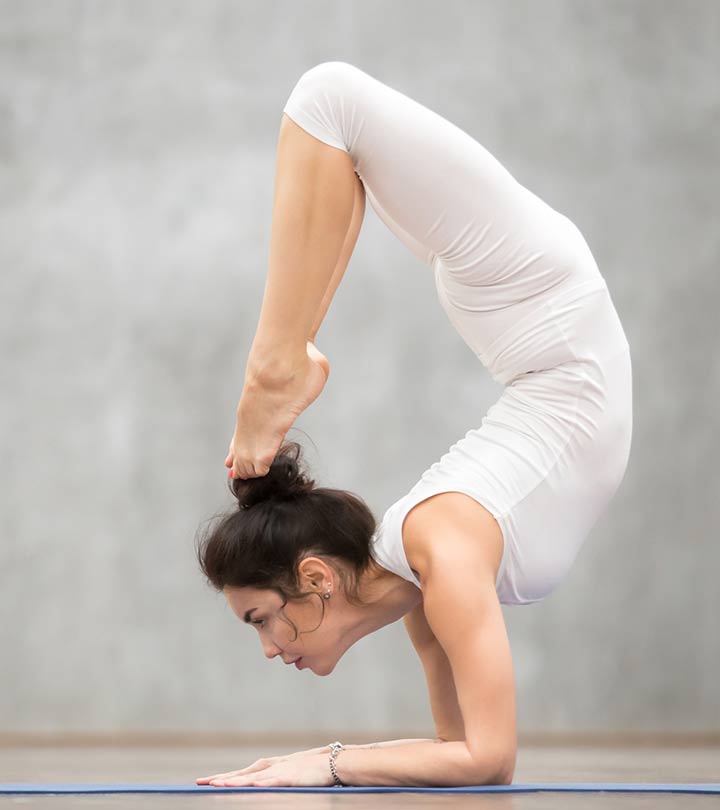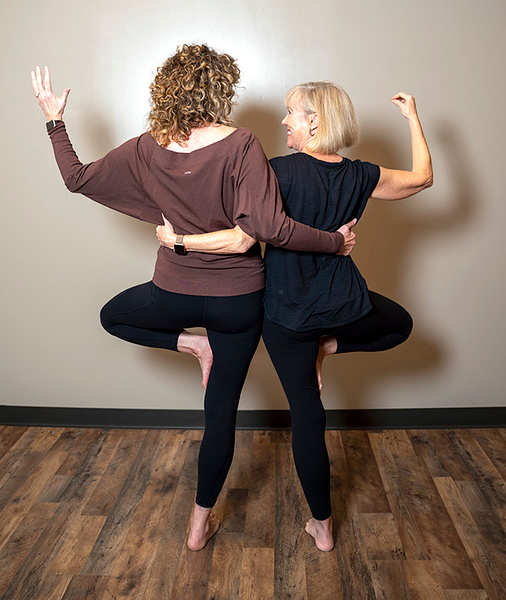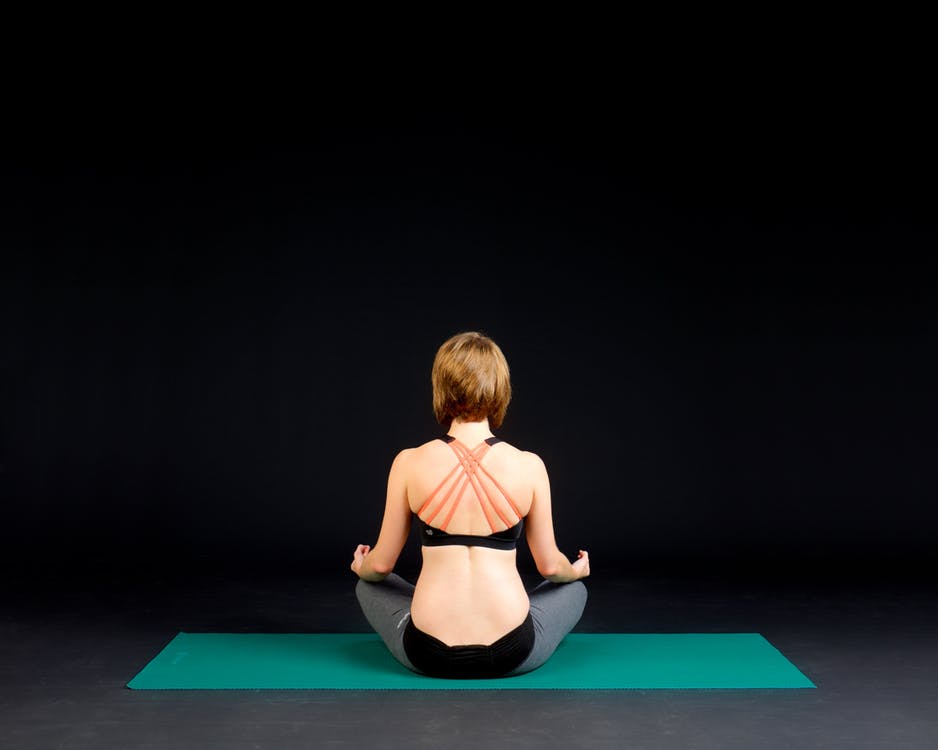The Definition of Yoga: A Comprehensive Exploration
Yoga is a multifaceted practice that encompasses physical, mental, and spiritual elements designed to promote holistic well-being. Originating in ancient India, yoga has evolved over thousands of years, integrating various techniques and philosophies. Consequently, understanding the true essence and definition of yoga involves delving into its historical roots, core principles, and modern interpretations. Therefore, this comprehensive guide explores the ancient origins of yoga, its fundamental components, different types of yoga practices, and their benefits. By examining these aspects, we can gain a deeper appreciation for yoga as a transformative and integrative discipline.

Ancient Origins of Yoga
Exploring the ancient origins of yoga provides valuable insights into its foundational principles and enduring relevance. Understanding its historical context helps appreciate the depth and significance of this practice. Therefore, delving into the roots of yoga is crucial.
Early Beginnings in Ancient India
Yoga traces its origins to ancient India, with its earliest references found in the Rig Veda, a sacred Hindu text dating back over 5,000 years. Initially, yoga was practiced by the Vedic priests and mystics who engaged in rituals and meditation to attain spiritual enlightenment. Over time, these practices evolved and were documented in various texts such as the Upanishads and the Bhagavad Gita. These texts provide a philosophical framework for understanding the nature of existence, consciousness, and the universe. By understanding the early beginnings, we can appreciate the profound spiritual dimensions of yoga. Therefore, recognizing its ancient roots is essential.
Development of Classical Yoga
The development of classical yoga is attributed to the sage Patanjali, who compiled the Yoga Sutras around 200 BCE. The Yoga Sutras outline the eightfold path, or Ashtanga, which provides a comprehensive guide to achieving mental clarity, ethical conduct, and spiritual attainment. The eight limbs of yoga include Yama (ethical guidelines), Niyama (personal observances), Asana (postures), Pranayama (breath control), Pratyahara (withdrawal of senses), Dharana (concentration), Dhyana (meditation), and Samadhi (spiritual absorption). These principles have formed the foundation of classical yoga practices that continue to influence contemporary yoga traditions. By understanding the development of classical yoga, we can appreciate its structured approach to holistic well-being. Therefore, recognizing the contributions of Patanjali is crucial.

Fundamental Components of Yoga
Yoga’s fundamental components encompass various techniques and practices that work synergistically to promote overall well-being. Understanding these components clarifies the comprehensive nature of yoga. Therefore, exploring the fundamental elements of yoga is essential.
Asanas: Yoga Postures
Asanas, or yoga postures, are physical positions designed to improve flexibility, strength, and balance. Each asana targets specific muscle groups and promotes healthy alignment of the body. Practicing asanas has numerous physical benefits, including enhanced circulation, increased energy levels, and improved posture. Additionally, maintaining these postures requires mindfulness and concentration, fostering a deeper connection between the body and mind. Commonly practiced asanas include the Downward Dog (Adho Mukha Svanasana), Tree Pose (Vrikshasana), and Warrior Poses (Virabhadrasana). By understanding the role of asanas, we can appreciate their contribution to physical and mental well-being. Therefore, recognizing the importance of postures is crucial.
Pranayama: Breath Control
Pranayama refers to the regulation of breath through specific techniques that control the flow of prana, or vital life force. Different pranayama practices, such as Ujjayi (victorious breath), Nadi Shodhana (alternate nostril breathing), and Kapalabhati (skull-shining breath), offer various mental and physical benefits. Pranayama aids in calming the nervous system, reducing stress, and increasing oxygen intake. It also enhances focus, mental clarity, and emotional stability. Regular practice of pranayama cultivates awareness of the breath, promoting a mindful and balanced approach to daily life. By understanding the significance of pranayama, we can harness its benefits for holistic well-being. Therefore, recognizing the value of breath control is essential.
Different Types of Yoga Practices
Yoga encompasses a wide range of practices, each with its unique approach and benefits. Understanding these variations helps identify the most suitable practice for individual needs. Therefore, exploring different types of yoga is crucial.

Hatha Yoga
Hatha Yoga is one of the most widely practiced forms of yoga, focusing on the physical aspects of the discipline. The term “Hatha” translates to “force” and represents the union of opposites, such as sun (ha) and moon (tha). Hatha Yoga combines asanas, pranayama, and meditation to balance the mind and body. It emphasizes slow-paced movements and deep stretches, making it accessible to beginners and those seeking a gentle practice. Hatha yoga sessions often include relaxation techniques and mindfulness, cultivating a sense of inner peace and harmony. By understanding the principles of Hatha Yoga, we can appreciate its holistic approach to well-being. Therefore, recognizing its accessibility and versatility is essential.
Vinyasa Yoga
Vinyasa Yoga, also known as “flow yoga,” emphasizes the synchronization of breath with movement. In Vinyasa Yoga, practitioners flow seamlessly from one pose to another, creating a dynamic and continuous sequence. This practice builds strength, flexibility, and endurance while enhancing cardiovascular health. Vinyasa Yoga encourages mindfulness and present-moment awareness, as the breath guides each movement. Classes can vary in intensity, from gentle flows to more vigorous and challenging sequences. By understanding the principles of Vinyasa Yoga, we can appreciate its dynamic and fluid nature. Therefore, recognizing the importance of breath in movement is crucial.
Benefits of Practicing Yoga
Practicing yoga offers a myriad of benefits that extend beyond the physical realm. Understanding these benefits highlights the transformative potential of yoga. Therefore, exploring the advantages of practicing yoga is essential.
Physical Benefits
The physical benefits of yoga are extensive and well-documented. Regular practice improves flexibility, strength, balance, and coordination. Yoga helps alleviate chronic pain, reduce inflammation, and enhance cardiovascular health. Additionally, yoga can aid in weight management, improve digestion, and boost the immune system. The mindful movements and stretches in yoga promote better posture and alignment, reducing the risk of injury. By understanding the physical benefits, we can appreciate the holistic health improvements provided by yoga. Therefore, recognizing the importance of physical well-being is crucial.

Mental and Emotional Benefits
Yoga’s mental and emotional benefits are equally significant. Practicing yoga reduces stress, anxiety, and depression by promoting relaxation and mental clarity. The mindfulness and meditation components of yoga enhance self-awareness, emotional regulation, and resilience. Yoga fosters a sense of inner peace, calm, and contentment, improving overall mental health. As a result, yoga practitioners often report better sleep, enhanced focus, and a more positive outlook on life. By understanding the mental and emotional benefits, we can appreciate the profound impact yoga has on overall well-being. Therefore, recognizing the value of mental health is essential.
Common Questions About Yoga
Understanding common questions about yoga provides clarity and enhances knowledge. Knowledge of these answers ensures better preparation and practice. Therefore, exploring common questions is essential.
Is Yoga Suitable for Everyone?
Yes, yoga is suitable for people of all ages, fitness levels, and abilities. Various styles and modifications make yoga accessible to everyone. Beginners can start with gentle practices like Hatha or Restorative Yoga, while more experienced practitioners may explore advanced forms like Ashtanga or Vinyasa. It’s essential to listen to your body and practice at your own pace, gradually progressing as you become more comfortable. Consulting a qualified instructor and seeking personalized advice can further ensure that yoga meets individual needs. By understanding the inclusivity of yoga, you can confidently begin or continue your practice. Therefore, recognizing its universal appeal is crucial.
How Often Should I Practice Yoga?
The frequency of yoga practice depends on individual goals and lifestyle. Beginners may start with two to three sessions per week, allowing their bodies to adapt gradually. Consistent practice, even if it’s just a few minutes daily, yields the best results. As practitioners become more comfortable, increasing the frequency and duration of sessions can enhance the benefits. Listening to your body and balancing yoga with other physical activities ensures a sustainable and enjoyable practice. By understanding the importance of consistency, you can create a yoga routine that fits your life. Therefore, recognizing the value of regular practice is essential.
Common Misconceptions About Yoga
Addressing common misconceptions about yoga provides accurate information and dispels unwarranted concerns. Clearing up misunderstandings ensures an informed perspective. Therefore, exploring common misconceptions is important.

Misconception: Yoga Is Only About Flexibility
A common misconception is that yoga is solely about achieving extreme flexibility. While yoga does improve flexibility, it also encompasses strength, balance, mindfulness, and overall well-being. Yoga is a holistic practice that benefits both the body and mind, regardless of one’s initial flexibility level. Beginners should focus on gradual progress and honoring their bodies’ capabilities, rather than striving for advanced poses. By understanding the multifaceted nature of yoga, you can appreciate its broader impact. Therefore, dispelling this misconception highlights the inclusive and comprehensive essence of yoga.
Misconception: Yoga Is a Religious Practice
Another misconception is that yoga is inherently a religious practice. While yoga has roots in ancient spiritual traditions, it is not confined to any specific religion. Modern yoga is a secular practice that focuses on physical health, mental clarity, and emotional balance. Individuals from various backgrounds can practice yoga without adhering to any religious beliefs. Yoga’s principles of mindfulness, compassion, and self-awareness are universal and applicable to all. By understanding the distinction between spiritual origins and modern practice, you can embrace yoga on your terms. Therefore, dispelling this misconception emphasizes its adaptability.
Conclusion: Embracing the True Essence of Yoga
Embracing the true essence of yoga involves understanding its ancient origins, fundamental components, and diverse practices. Proper preparation, including exploring the historical roots and core principles, enhances appreciation and practice.
Exploring critical aspects such as the benefits of asanas, pranayama, and different yoga styles ensures a comprehensive approach to understanding yoga. Recognizing the importance of addressing common questions and misconceptions enhances overall awareness and acceptance.
By engaging with these elements, you can fully appreciate the transformative potential of yoga, understanding its role in promoting holistic well-being and inner harmony. Therefore, whether you are a beginner or an experienced practitioner, understanding the essential considerations and benefits of yoga offers practical and inspiring insights. Embrace the opportunity to deepen your yoga practice, knowing you have the knowledge and resources to support a fulfilling and balanced journey!
